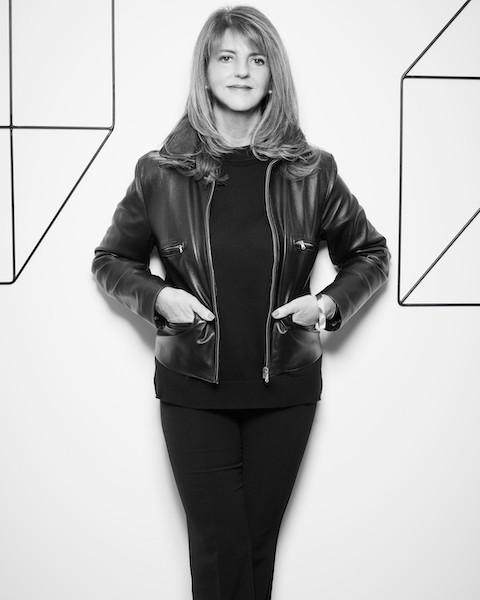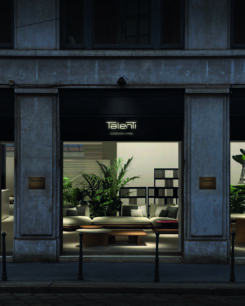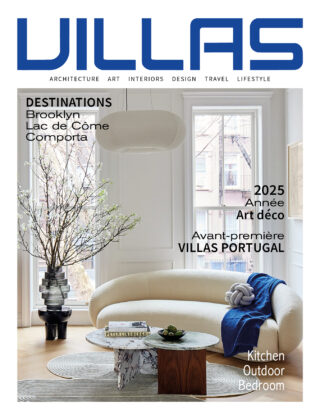Present your job in the design sector.
I have spent over 35 years in a very active role in the Italian design industry. My expertise in branding and product design has led me to actively collaborate with the most talented designers and architects. I started in the research and development center of the emblematic furniture manufacturer B&B Italia. I held various positions within the company, culminating in the role of global communications director. When the founding family of B&B Italia S.p.A. left the company, I joined Minotti, an iconic brand of made in Italy excellence. I was in charge of communications and marketing worldwide. A few months ago, I started my own business as a consultant and decided to expand my personal and professional network while continuing to work for companies, both in Italy and abroad, currently for an American client who aims to implement a new hotel club concept in Milan.
How did you get interested in design?
B&B Italia approached me while I was working for a high-end fashion retailer in Milan. At first I was amazed that this company not only designed furniture pieces of extraordinary shape and quality, but that innovation was at the heart of their project from the beginning. There I met Piero Ambrogio Busnelli (1926-2014), the founder of B&B Italia. He is a man I now consider, looking back, to be the “Steve Jobs of furniture design”. He was a visionary man who changed the furniture industry, much like the co-founder of Apple computers. He created a whole new market around his products.
What was the highlight of your early career?
The design culture as I know it, I first experienced it at B&B Italia. The brand aims for excellence in the manufacture of its products, but above all it has a “design culture”. All the members of the founding family, as well as those in charge of the management of the company and those responsible for research and development of this manufacturer are deeply invested in the history of the brand and have developed an unprecedented knowledge of design and its evolution. The owner of the company was fully committed to each and every employee. He pushed us to be constantly open, courageous, true to our intuitions, and responsible for our actions. Giorgio Busnelli, Piero Ambrogio Busnelli’s son, often supported me in projects that were ambitious or considered risky (“these are the best projects” he liked to say). He always trusted me. This attitude has been with me ever since. If I had to choose only the highlights of my decades with B&B Italia, I would choose the projects linked to the celebration of the brand’s 50th anniversary: the book “The Long Life of Design in Italy: B&B Italia. 50 Years and Beyond”, the film “B&B Italia. Poetry in the shape. When design meets industry”, and the multimedia installation B&B Italia/The perfect density, which I created entirely with the Milanese architects Migliore+Servetto (Ico Migliore and Mara Servetto) at the Milan Triennale. This exhibition retraced the 50 years of B&B Italia S.p.A., with unpublished archives.
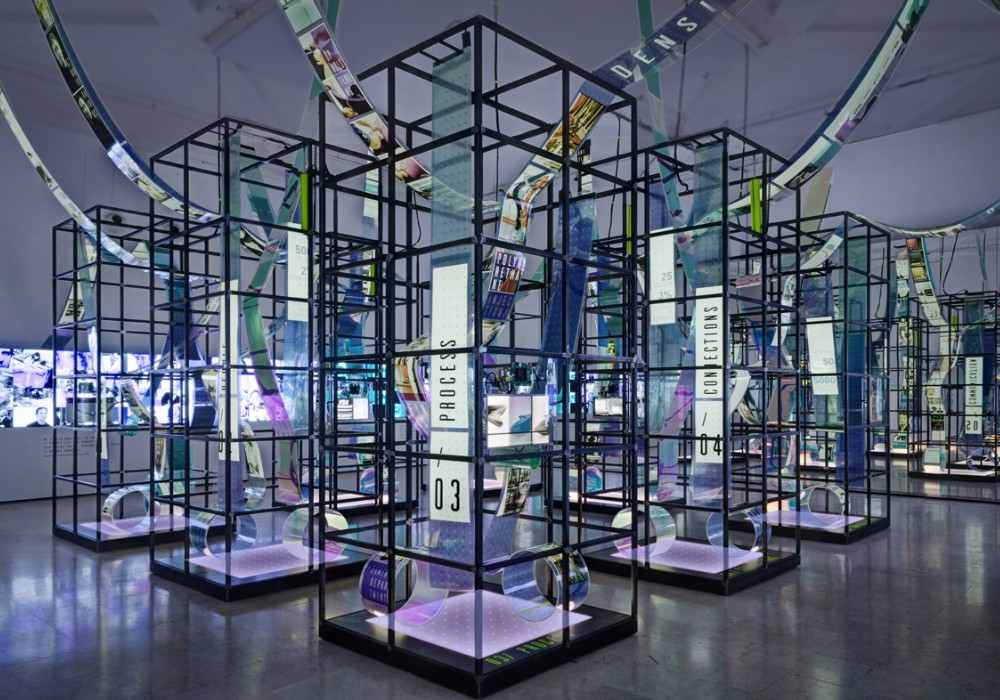
B&B Italia | The perfect density, Triennale Milano
What design piece do you find iconic?
The Up 50 armchair by maestro Gaetano Pesce, a masterpiece of design from the B&B Italia catalogue. I fell in love with this chair in 1997. At that time, this polyurethane foam chair was not in the brand’s collections because its manufacture was problematic. The seat was initially vacuum-packed and all you had to do was open the package and it would magically take shape. In 2000, B&B Italia decided to reissue it in a new version. It is a beautiful functional and artistic object, the most comfortable armchair I know. Its shape is also particular because it refers to the emancipation of women. The model I have is an original. It is the most used armchair by my family at home.
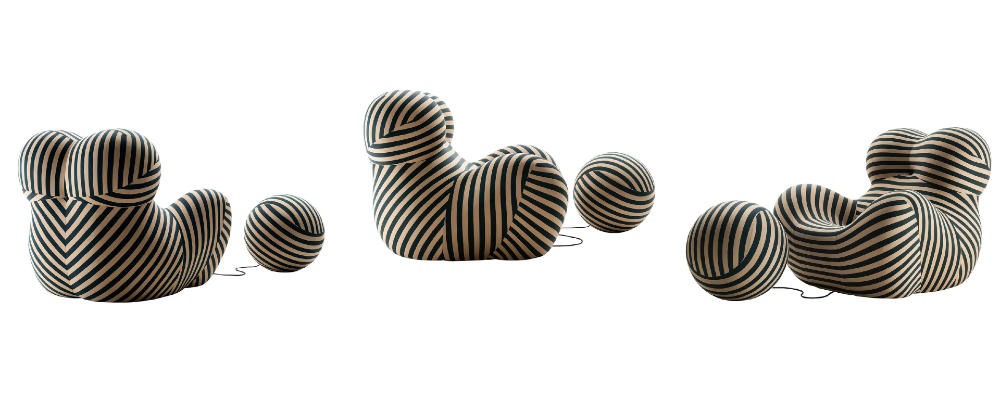
B&B Italia | Up 50, Gaetano Pesce
Why are you interested in the design itself?
The designer Antonio Citterio, a star of the B&B Italia family, today the artistic director of the Arclinea, Azucena and Maxalto brands, used to say that every product has a mother and a father. He considered the father as the designer and the mother as the manufacturer, the one who provides the technologies and the know-how to give shape to the work. A collaboration between a designer and a furniture brand, bringing sketches to life, making them into real, tangible, beautiful products, is an exciting experience to live and watch. It’s like watching a child grow up.
How do you observe the evolution of industrial design?
A lot has already been invented, especially around the utopian years of the sixties, but human creativity and its capacity to adapt is unlimited. When I first entered the world of design, furniture design was done on a human scale. The Italian industry was full of small and medium-sized furniture companies. Then they started to grow and export more and more abroad. And then everything went global. In the early 2000s, the companies were still family-owned. Since then, many have undergone major challenges with the change of generations and have joined industrial groups and other holding companies, sometimes investment funds. Business priorities and creative choices have changed radically, profit and short-term vision have often won out at the expense of intuition and courage. Competition has become global, and competition outside of Italy remains stronger among Italian brands. The first stages of the global economic crisis as we are experiencing it today have proved to be in the favour of the high-end furniture market because customers are more than ever looking for high quality products that are original, stand the test of time and improve their quality of life. The mission of manufacturers is to create the conditions for people to live better, in a more beautiful, comfortable and sustainable world.
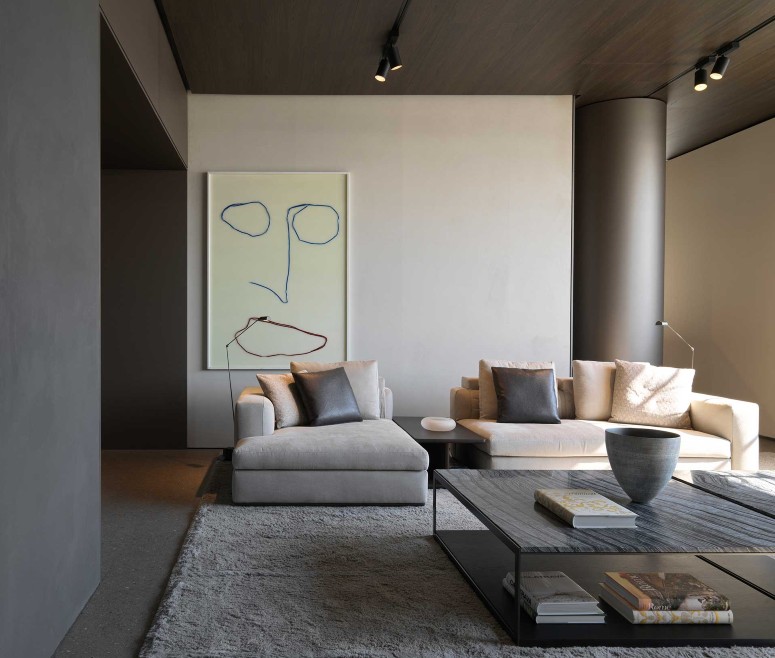
Molteni | Vincent Van Duysen collection
What should we learn from Italian design?
In Italy, we have an intrinsic sense of beauty and also of duty. We love to create and we work hard. We have an open attitude towards creativity and innovation. We also have a willingness to challenge ourselves every day, to set the bar higher and higher. We develop both craft and industrial processes – from manual techniques to new machines – which often go hand in hand. This is what makes Italian design so unique.
Are you interested in Belgian design?
Belgium is one of the most important markets in Europe. The level of quality is superb, often higher than in other European countries. The combination of architecture and interior design in Belgium is a dream come true for me. Belgian interior design stores always have an exceptional concept, selection and presentation. One of my favourite shops in Belgium is the design furniture retailer Balo in Mol. I really enjoyed working with this store for Minotti. When I think of Belgium, I undoubtedly think of my friend Vincent Van Duysen, my favourite Belgian designer. He has his own style and his sensitivity to materials, colors and shapes is totally unique. I admire his ability to give each project its own soul, to combine different influences in the most unusual way, while remaining timeless.
What does contemporary lifestyle mean for you?
Simple, clean lines, a natural colour palette and organic shapes, functional and flexible enough to be versatile and to meet all the demands of everyday life. And above all, to have the audacity to live in the times.
What is the house you live and work in like?
It is an apartment in a very modern building, with a beautiful terrace, facing a park. We have furnished it in an almost Nordic style: natural oak on the floor, mainly white walls, kitchen open to the living room… On the wall, we have placed architectural elements of perforated metal sheets (my husband works in this field of activity). My living space breathes purity, calm, silence… Also, my office is located in a small studio, like a studiolo.
What were your latest discoveries or experiences?
Jean Nouvel’s National Museum of Qatar in Doha and its impressive wooden library by Koichi Takada Architects, which shows how ancient culture can be interpreted in a contemporary way. The Norwegian National Opera House in Oslo, by the Snøhetta architectural firm, also left me with a lasting impression with its structure that plunges towards the water and creates the illusion of a huge glacier sliding towards the fjord: a landscape architecture all in white Carrara marble and Norwegian green granite. Finally, one of my discoveries that has become a favourite place and where I always take my close collaborators when they come to Milan is the Pirelli HangarBicocca art centre, dedicated to major contemporary art exhibitions. The Seven Heavenly Palaces, the permanent monumental installation by the German artist Anselm Kiefer, never ceases to amaze me.
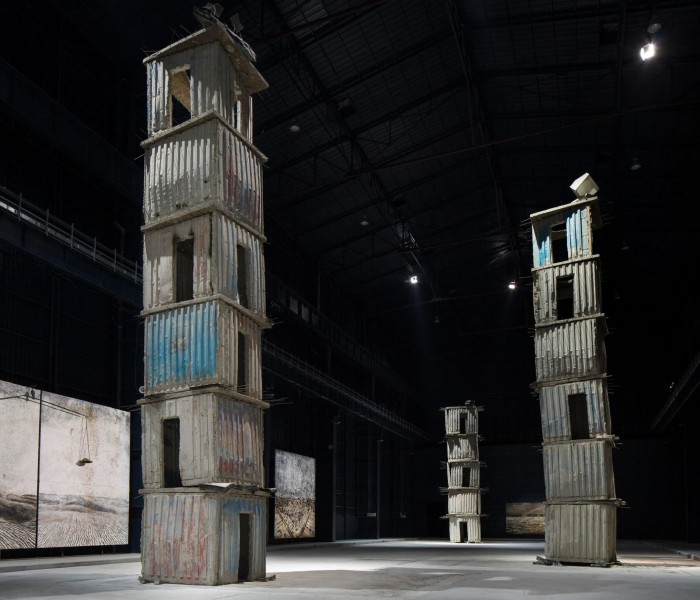
Pirelli HangarBicocca/Photo: Lorenzo Palmieri | The Seven Heavenly Palaces, Anselm Kiefer
